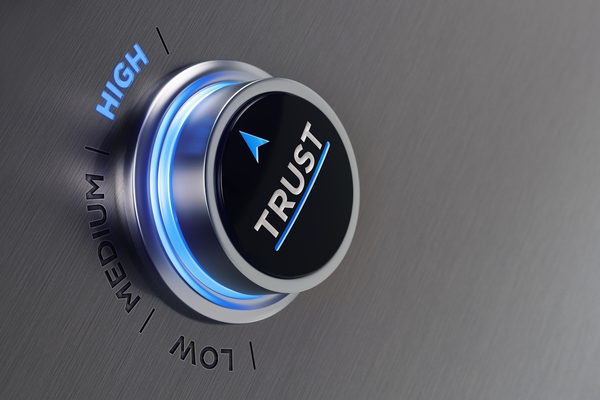Net Zero transformation: embracing ‘digital sobriety’ in energy-thirsty data centres
Sponsored by NutanixSoaring energy costs and data-hungry digital technologies are magnifying costs and carbon footprints. It’s time to do more with less

When a leading wealth management business starts talking about major reductions in costs, energy use and carbon footprint, you should sit up and take notice. These are money people that measure everything to the decimal point. Reputation is built on reaching client goals and developing trust, so anything that promises to transform the business has to really deliver.
For JM Finn, this has meant a 75 per cent reduction in data centre rack space, through a hyper-converged infrastructure (HCI), as part of an ongoing digital transformation and office relocation. Less hardware has meant less power consumption and yet performance has improved. According to Jon Cosson, JM Finn’s CISO and Head of IT, it’s still early days but already the business has seen “tangible benefits in terms of operational costs and environmental impact”.
Cosson’s experience mirrors the findings of an Atlantic Ventures study into data centre sustainability. This study calls for CIOs to “re-evaluate their current cloud and data centre strategies” to compensate rising energy costs and ambitious Net Zero targets. HCI, it suggests, must be part of the mix, claiming it can lead, in some instances, to energy savings of 30 to 40 per cent.
“HCI architectures provide customers with the opportunity to combine the advantages of a true cloud-like, highly automated IT infrastructure, with the flexibility to host it in any location,” says Atlantic Ventures. It’s a form of digital sobriety: an infrastructure that helps organisations focus their digital resources better, reducing waste and improving overall performance and data relevance.
This is important, because as companies go through a digital transformation process, there are a set of natural steps that are required. The success, or indeed failure, of those steps depends on the flexibility and efficiency of the underlying infrastructure. By rationalising this infrastructure – reducing the number of racks, for example – companies can typically shed the costly complexity of running their own data centres.
This does not necessarily mean shifting to public cloud and the hyperscalers by default, although they can have a significant role to play. What HCI does is give organisations the best of all worlds, by enabling a hybrid cloud strategy and optimising the consumption of IT resources (whether public or private cloud), while also minimising costs and energy consumption.
The value of an HCI, such as Nutanix, is that the IT platform is simplified and automated, so it effectively manages itself, freeing up the IT team to focus on other work.
Play it cool
From a sustainability perspective, each part of the cloud and data centre ecosystem should deliver sustainable innovation. While a Nutanix HCI will focus on software that automatically optimises the consumption of IT resources, the data centre vendor (co-location or public cloud provider) should bring in innovation to reduce the consumption of water and energy for cooling purposes. Certainly, more data centres should adopt liquid cooling, which is already proving effective and sustainable. Meanwhile, hardware vendors should support sustainability measures through recycling and energy efficiency improvements. Each has a co-dependent role to play in helping customers reduce their environmental impacts and reach their Net Zero goals.
But it is HCI that can have the biggest impact. According to Atlantic Ventures, “in the EMEA region HCI architectures have the potential to reduce up to 56,68 TWh [terawatt hours] from 2022-2025 and save up to €8.22 billion in electricity costs in the same period for companies and data centre providers undertaking a complete transformation towards HCI.”
These are significant numbers but ultimately big changes can come from the actual demands made on these services. While, culturally at least, it would be impossible to enforce or even advocate reduced usage of digital devices, there is certainly more that can be done in how data is processed and managed.
Automation within HCI certainly improves data processes and ensures that workloads are being run in their most efficient cloud locations. Ultimately it is about doing more with less, using advance automation and technologies that can make a real difference to how data is processed, stored, accessed and used. This is only going to get more urgent. As Gartner warns in its 10 Strategic Predictions for 2023, the proliferation of AI-driven technologies is going to be a huge sustainability challenge. Within three years it could even offset any sustainability gains already made.
As far as the data centre is concerned, there’s never been a more pressing time to take action.
by Sammy Zoghlami, SVP EMEA, Nutanix

Business Reporter Team
Most Viewed
Winston House, 3rd Floor, Units 306-309, 2-4 Dollis Park, London, N3 1HF
23-29 Hendon Lane, London, N3 1RT
020 8349 4363
© 2024, Lyonsdown Limited. Business Reporter® is a registered trademark of Lyonsdown Ltd. VAT registration number: 830519543





